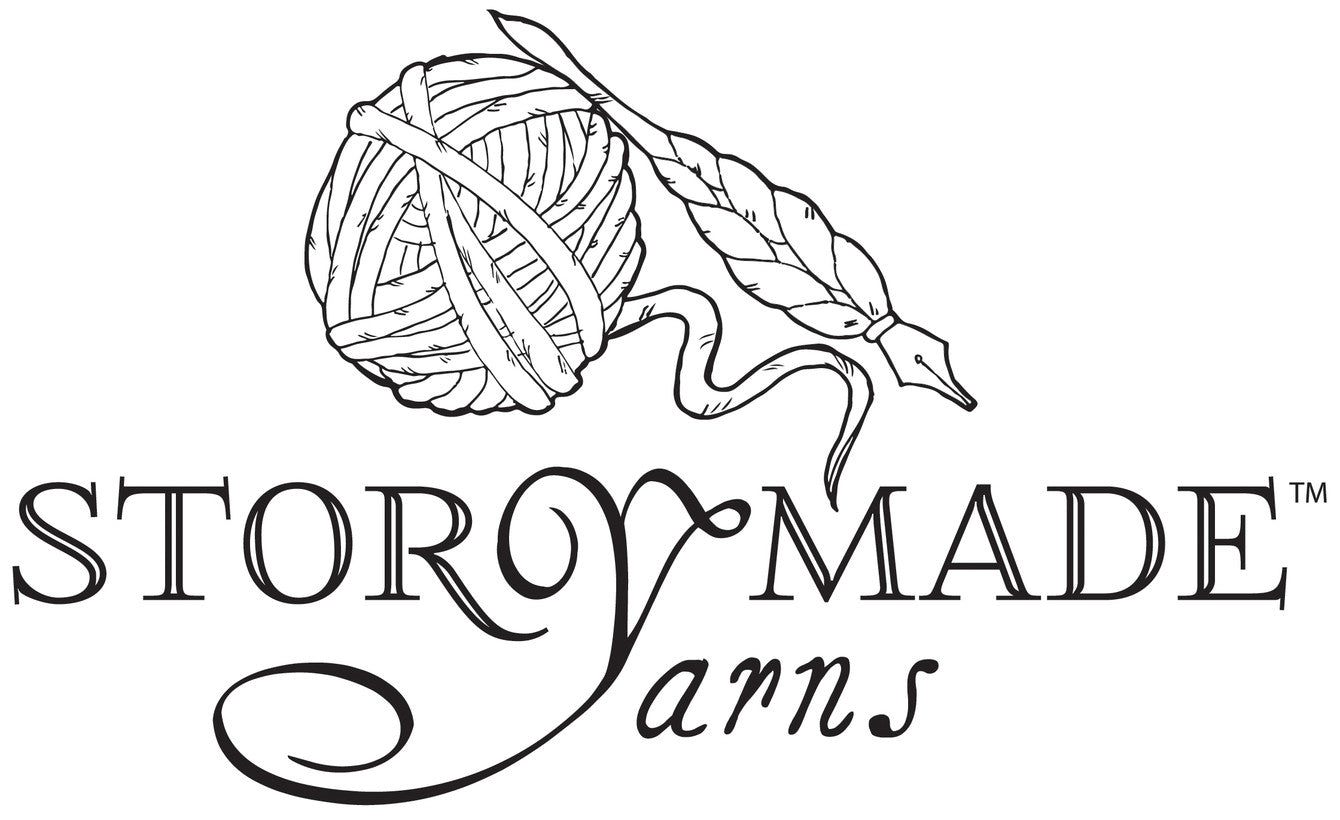
(The Maryborough Vest pictured above is an example of a pattern that attaches edging as-you-go)
Many knitting books devoted to edgings still advise that you'll need to seam the edging to your project. Unless they're referring to attaching knit or crocheted edging to a woven commercial fabric, this just isn't true. This misconception about how to you must attach edgings is a particular pet-peeve of mine; after all, crocheters would scoff at the idea of sewing an edging to an afghan. When it comes to edging, knitters should take a page from the crocheter's book instead (and if you're a knitter, edging is a great place to start adding a few crochet skills to your arsenal!)

Photo from Craftsy: 5 Crochet Edges You Should Know
In that vein, I'll start with the versatile crochet edge. Not just for crochet, you can apply crochet to the edge of any fabric, knit or woven. When I use it with knitting, I find adding a foundation row of single crochet all the way around the edge of my project provides a good base for then creating more intricate designs.
Here's how:

Now to knit edgings: there are two types. Type 1 is worked lengthways (where the length refers to the work on the edging, i.e. the edging is worked back and forth to form a long strip which needs to be attached to the project in some way). This is the type of knit edging that books often dismiss as needing seaming. However, you can knit Lengthways Knit Edging on to your project in a couple of different ways.
When you already have live stitches on your needles from your project, you can attach edging like this (also called an applied border, thanks Ms. Zimmerman!):
Similarly, you can pick up stitches along a cast-on or bound-off edge to create live stitches that can then be used in the above technique.
My favourite technique, and IMO the most versatile, as it allows you to work on very large pieces of knitting without picking up all the necessary stitches before you start (read: no enormously long circulars), is to attach the border by picking up stitches along the edge of your project as you go. This one isn't as easy to find a video for, so I made my own (complete with mid-stream fast-motion to make me the fastest knitter in the world):
Because knit stitches are wide and short, when working along a cast-on or bound-off edge I am only picking up and attaching stitches on the right side row, so that the wrong side can fill in the extra space. When I come to the last stitch in my edging RS row, I slip it, pick up a stitch from the edge of the swatch, and knit the two stitches together through the back loop. This way the edging stitch lies on top of the swatch stitch.
Once you are finished one edge, you have to turn a corner to keep going:
In order to turn a corner so that the knitting doesn't buckle as it turns, I use a series of little short rows to make the corner neat and pointed, not unlike one side of a short-row sock heel.
And finally, the side-edge:
Since I'm working on a side edge, I'm picking up and attaching a stitch from the swatch to every row of the edging, so that the rows of edging match exactly to the rows of the swatch. The last stitch from the RS row is attached, and the first stitch from the WS row is attached. I'm using an SSK to attach the RS row, and a P2tog to attach the WS row, but as long as you are consistent you can use whatever decrease stitch you like and it will look neat and uniform.

Knit edging Type 2 are edgings that are worked widthways (so worked along the whole required width of the edging). 2A, as noted above, is edging that would begin a project, such as a bottom ruffle on a sleeve or hem. 2B is edging worked from it's top edge "down" which is confusing but means you could end a project with that, as it ends with a bind-off - for example, edgings used to finish circular or semi-circular shawls. Most sweater necklines fall under this 2B category as well.
Obviously these types of edging are very easy to use without seaming, however if applying them to a side-edge, all the stitches required to work a number of repeats of the edging pattern would have to be picked up first.
A few other things you might find inspiring:
- How to knit edging on commercial fabric
- How to crochet edging on commercial fabric with a sharp crochet hook
- How to crochet edging on commercial fabric using blanket stitch foundation
That's it for a start! Knitting on the edge...
Have fun :)
